For reasons that are somewhat complex and annoying, I’m having to add an extra camera body to my collection (mainly as a backup camera).
As cost was a pressure, I went for something a bit cheaper than the Mid-Range Canons (60D/70D), skipped the pro-line (another 6D would had been killer to the bank balance) and headed to the consumer line – which if handled with care can yield very pro results.
At the bottom of consumer line, there’s the 1000D/1100D/1200D… which I personally wouldn’t touch with someone else’s barge poll. Sluggish to say the least, and not a great sensor, combined with a heavy body weight, and not so great metering. In the situation I’m in, not so good.
The EOS-M… is best left unsaid (least of all due to the different lens mount and the crappy performance). That and I’d need to in buy adapters to make my current set of lenses… So more expense.
So I’m left with the 600D/650D/700D – which apart from minor differences are the same camera. And they’re capable, but not outstandingly different.
My eye was drawn to the 100D – mainly because it is so damn small, but it is basically a 700D in a small package.
Canon 100D with a 50mm f1.4 on the left vs Canon 6D with a 17-40L f4 on the right.
In weight terms:
- 100D is 407g at 22.3 x 14.9mm
- 6D is 755g at 35.8 x 23.9mm
The EOS 100D (Or SL1 in the Americas or Kiss X7 in Japan and Asia), offers 18mpx sensor in an APS-C format – with a standard EOS Mount. Combined with a 4 Frames Per Second shooting speed. Heck, it beats my 6D in terms of weight and user interface (a touch screen as standard!).
The Digital Picture breaks down the differences… which aren’t that much.
Whilst there are smaller solutions out there (for example the Olympus PEN series, the Sony NEX, the Fujfilm X Series, Nikon 1 Series), they aren’t that good if you already have a major investment in lenses, and don’t want to go out buy a new range of lenses to support a “light use” camera.
But, numbers and such can mean nothing. What matters are the images and usage.
So as part of the San Francisco trip, I road-tested it in anger.
Configuration:
- Canon 100D with official and OEM batteries,
- 16Gb PNY U1 SD cards rated at 30mbs.
- Lens: Canon 50mm f1.4 and Canon 17-40L f4
Weight and looks. With a 50mm lens, this thing is SMALL. It fits in one hand nicely with this lens – and would be even smaller if fitted with Canon’s 40mm f2.8 STM lens (which is thin).
Front-on view.
Handling: with a small body you’d expect compromises. And yes, there are some major ones if you’re used to bigger bodies. Controls are packed in tightly, with a console style d-pad that can be used for quick-set functions. More importantly, there is a major handing issue for those of use with bigger hands – namely the little finger will slip under the body more often than not. Additionally there’s no “official” portrait grip (as it would block access to the SD card socket).
In daily use the holding camera issue requires a slightly tighter hold on the grip for the fingered to wrap around better.
Storage: like most consumer and mid-end cameras, SD cards are the name of the game. For those who change cards often, there is a big bugbear where the SD Card slot is… And it’s in the battery slot. Annoying since everywhere else, it’s mounted on the side of the camera… And useless for quick changes or changes where you have a tripod on the camera. So Pro-Tip: Big SD cards are your friends with this camera (especially if you’re shooting RAW files).
Speed: As I shoot only camera raw files, it’s a bit of a false reading, but speed was acceptable in terms of capture at 4fps. Compared to the big brothers of the 40d or 6D, the buffer does fill up quickly (14 frames or so before I had to wait to take the next shot in a continuous burst). Still for most users – it’ll be more than enough. Focal lock was its usual quick canon self (and is more down to the Lens). Whist the focusing system is the standard 9 point canon consumer system, it got the photo I was after nearly all the time.
Pictures: it’s all well and good talking about a camera, but the big question to ask are “Are the images any good?”
And to me – they’re rather pleasing.
(I’ve posted the full resolution images at my Dropbox):
Daytime photos
Not bad. A lot of nice colours there.
The international orange of The Golden Gate Bridge comes out nice in the evening sun.
A bit of action photography – Ok, Bird spotting from a boat
Again, I’m impressed with the detail that has come out of these images with a 50mm lens and a small sensor.
Nighttime
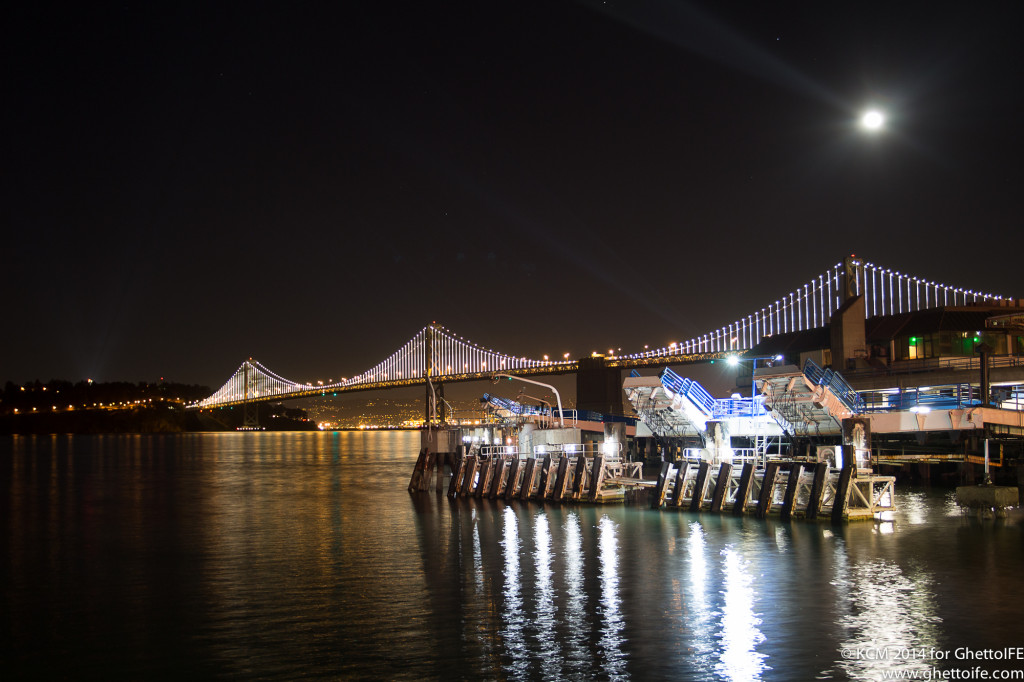
Long exposure – nice clean results.
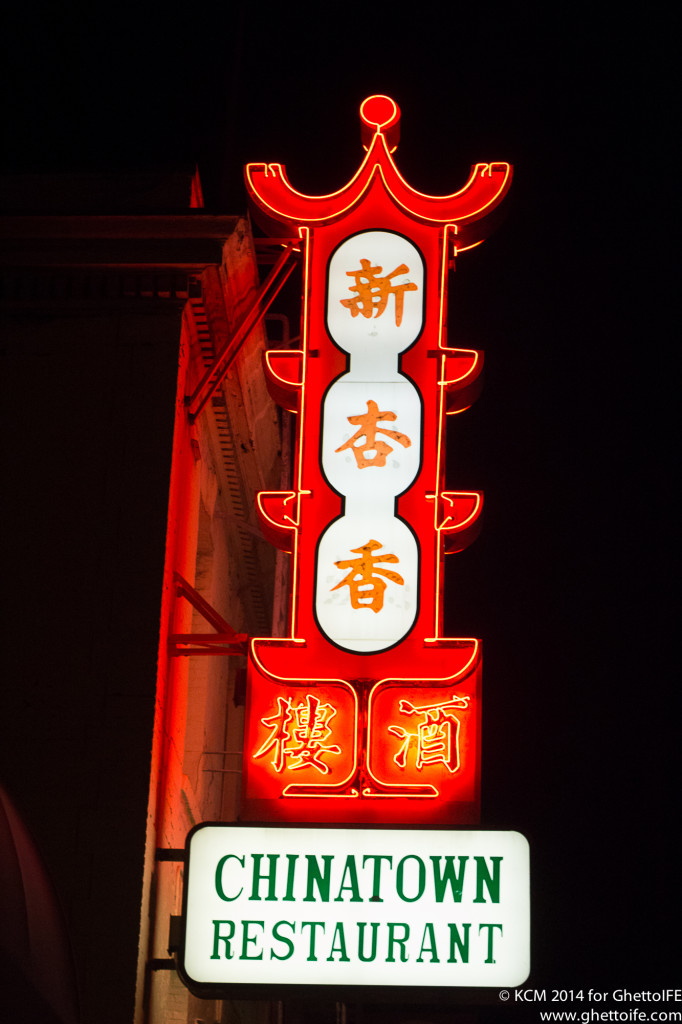
Nice to see the reds pop out of this sign – again, relatively clean at about ISO1600.
At ISO6400, Noise is clearly visible sadly.
Noise isn’t too bad in this photo, but its still visible.
So: The Perfect Travel DSLR? It’s pretty darn good, I’ll give it that. For Nikon/Pentax/Sigma/Olympus/Sony owners there are plenty of options for their platforms, but for a Canon owner who has Canon lenses, this is an invaluable too in my arsenal of equipment that’s light, small and blends in nicely when walking around at night or evening.
There are compromises – there always is when you shed weight from anything. The trick is to learn how to use them, and mitigate where possible (eg, hold the camera differently, use a large SD Card, make sure the lens doesn’t counter-balance the body too much)
Put it like this, if it was a bit faster, I’d be using it a LOT more for my day-to-day work and. Meanwhile it stays in my kit as a secondary camera. Where it does a rather good job – even at weddings…
Resources:
- Review at The Digital Picture – http://www.the-digital-picture.com/Reviews/Canon-EOS-Rebel-SL1.aspx
- Large JPG’s at my DropBox – https://www.dropbox.com/sh/aqd59y9u7iw1ejl/_YKK5NYwKC
Want to keep up with me at GhettoIFE? Join me either by signing up for my newsletter, or follow me on Twitter @GhettoIFE for when there are posts to the blog!
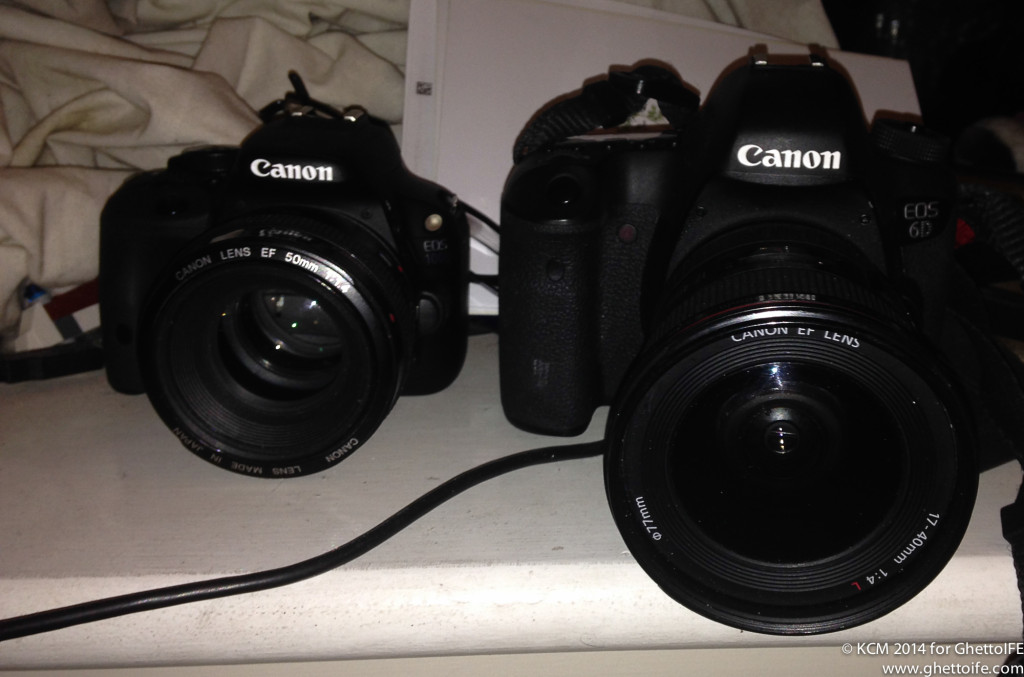
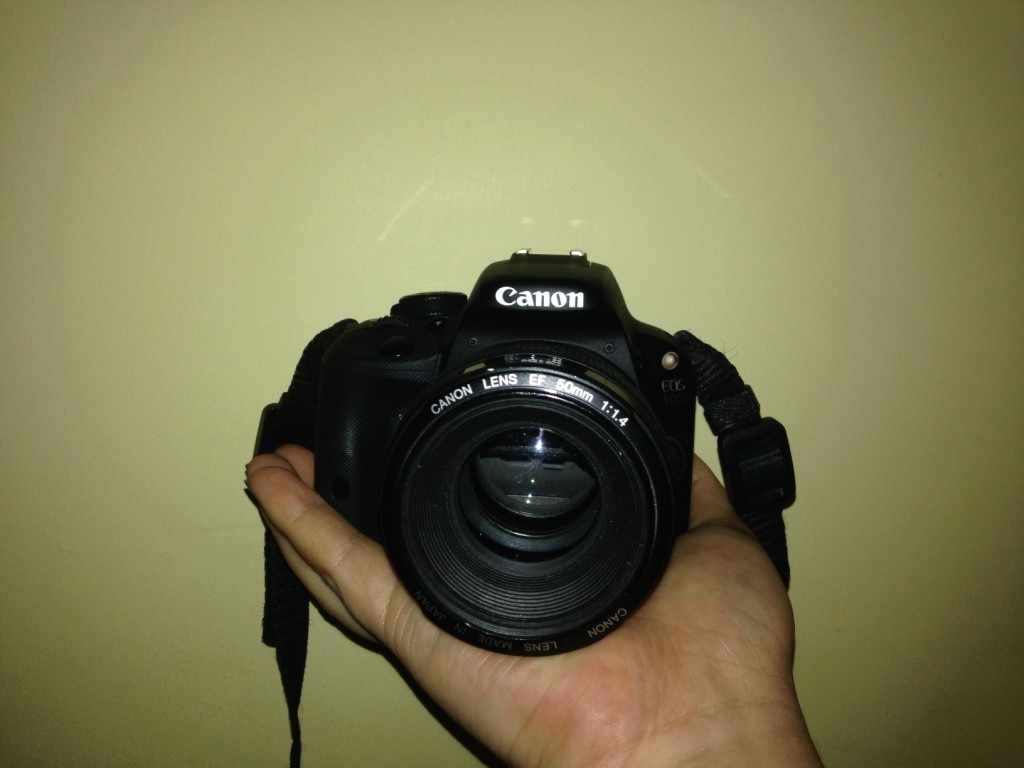
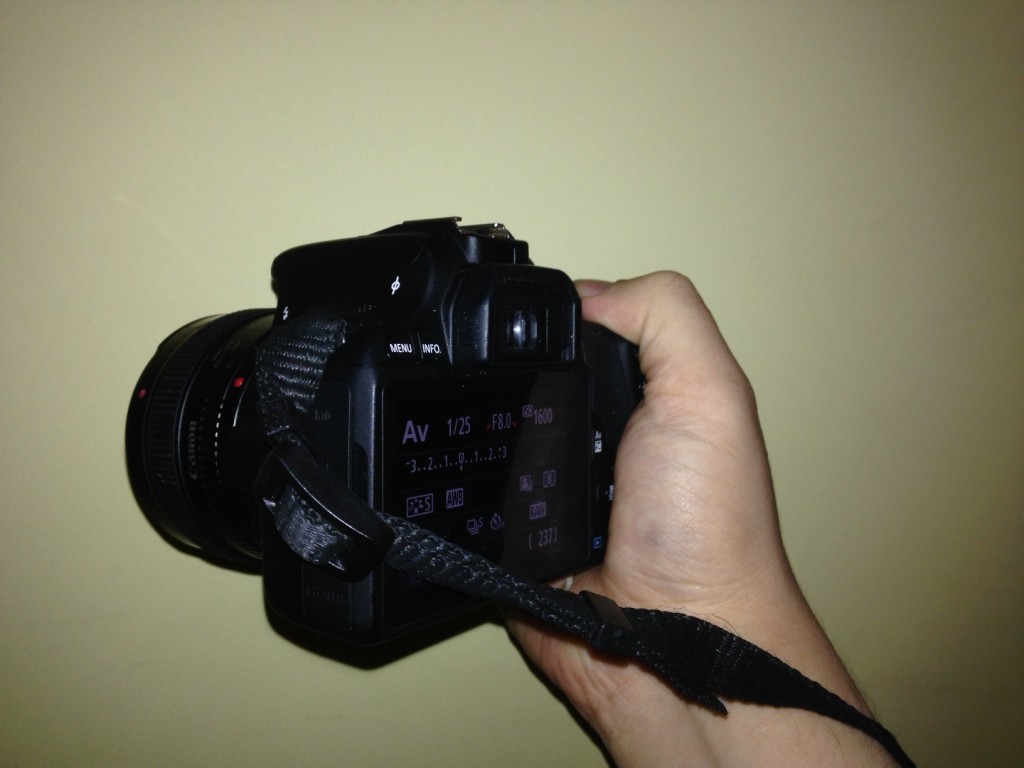
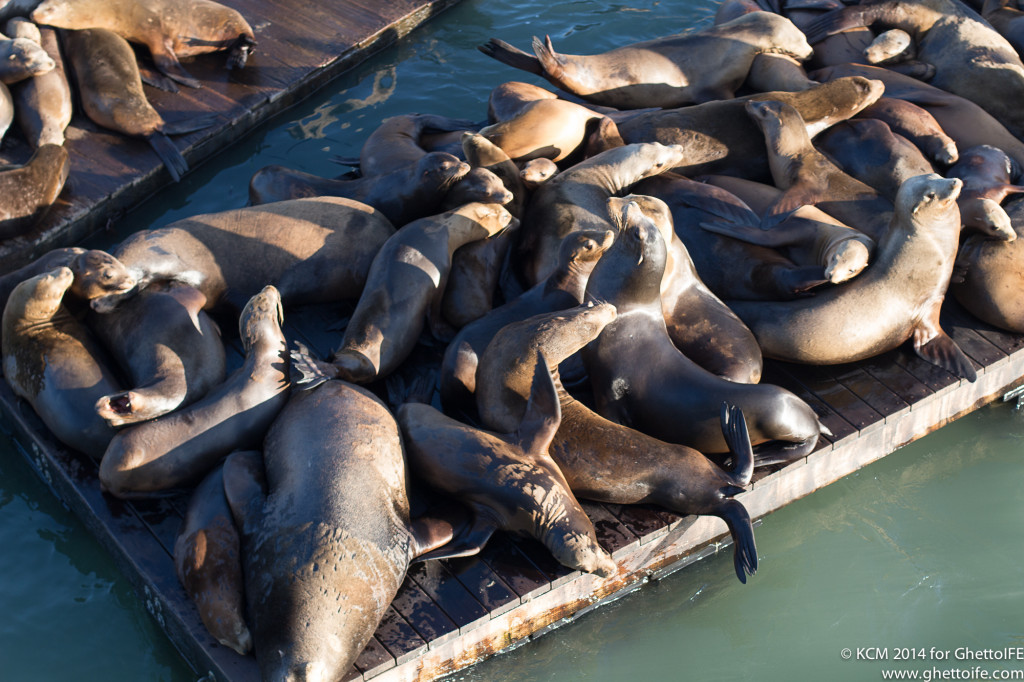
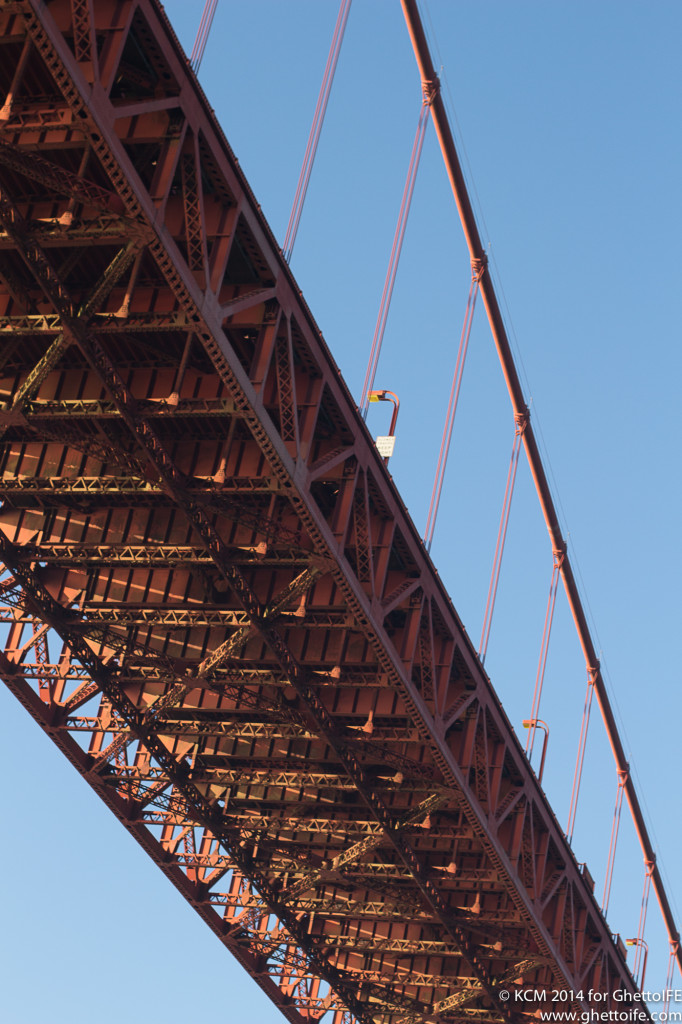
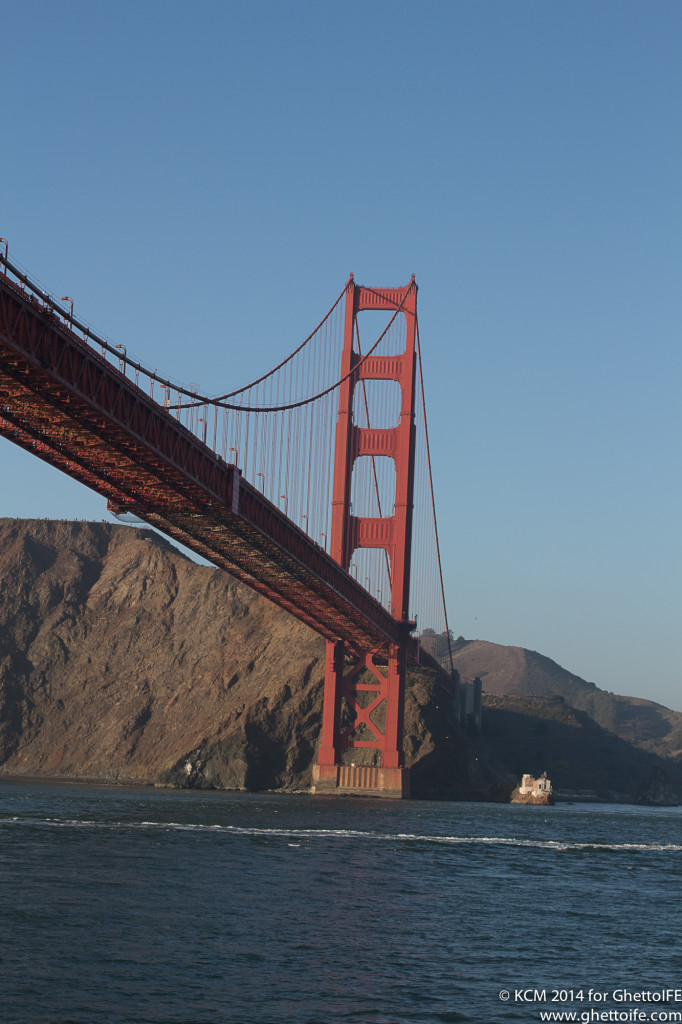
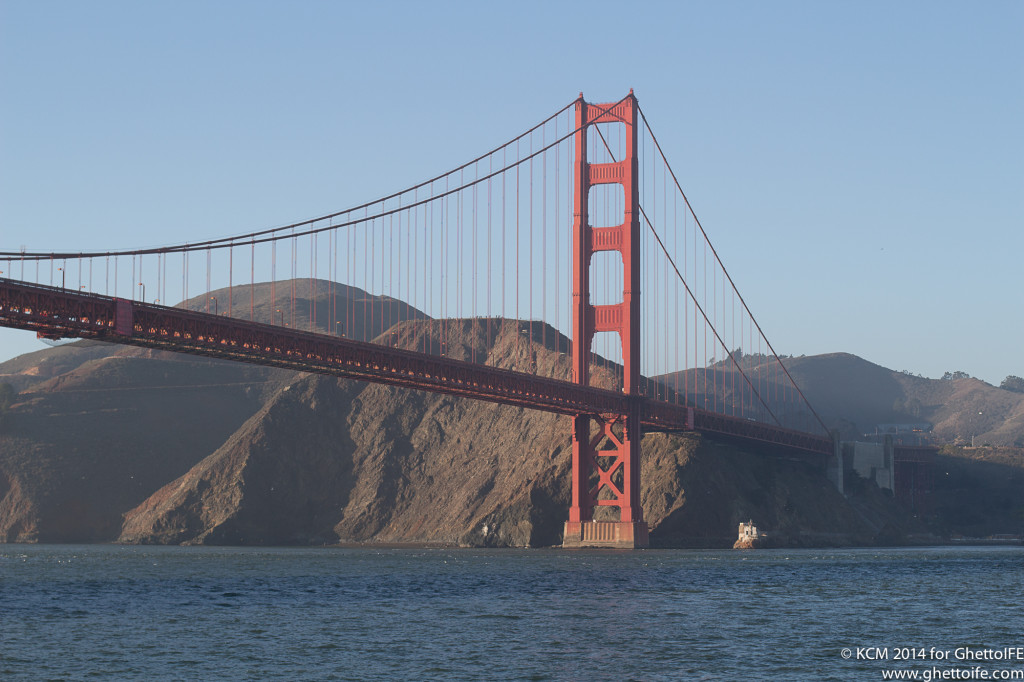
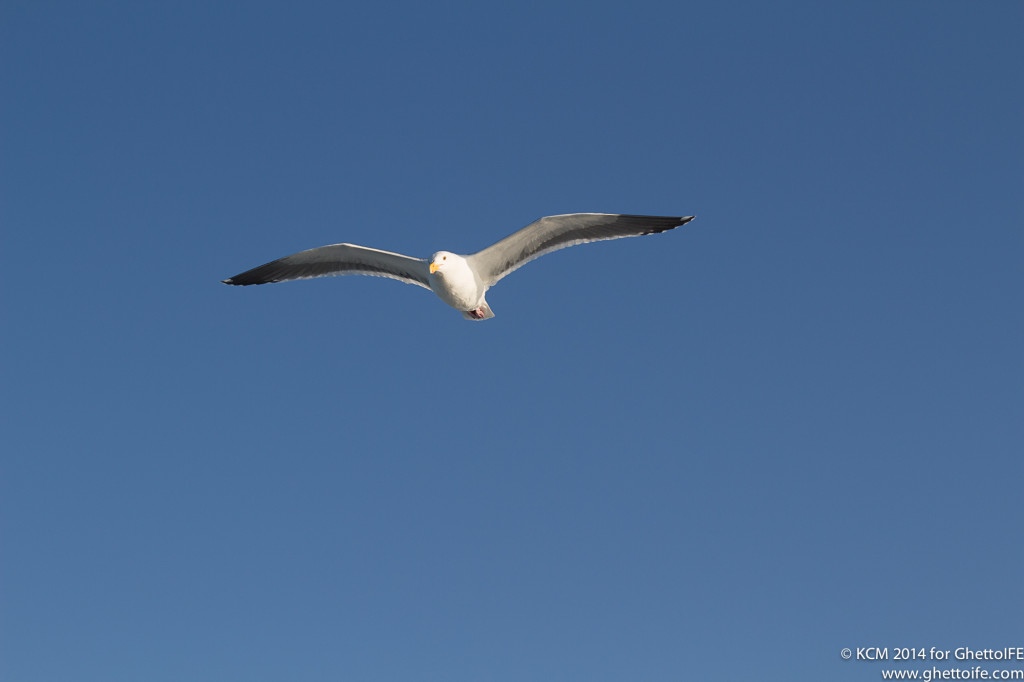

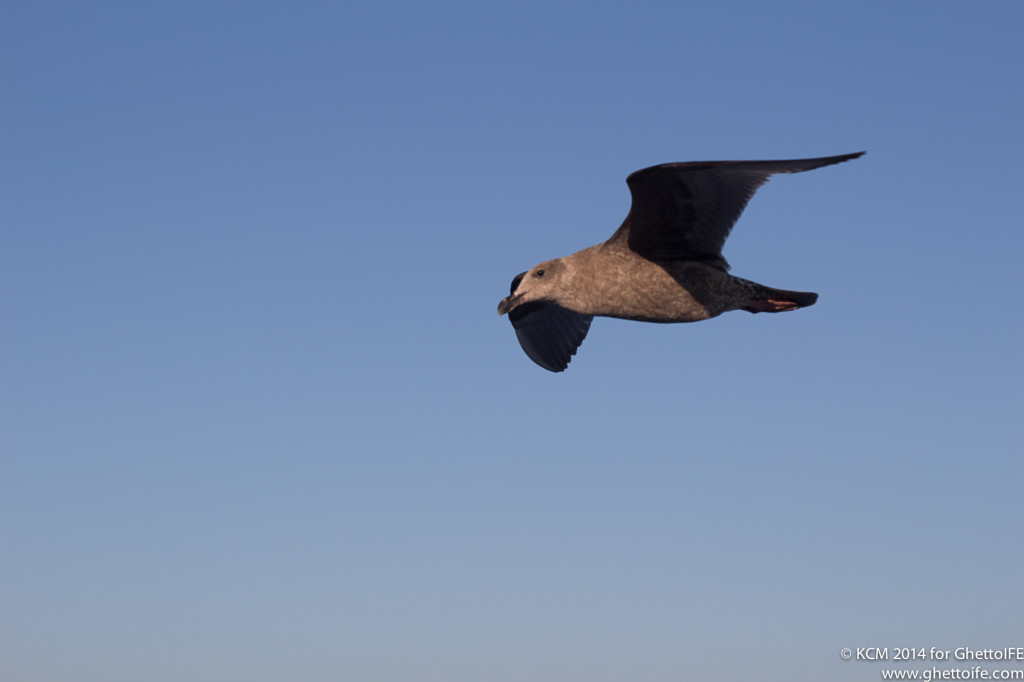
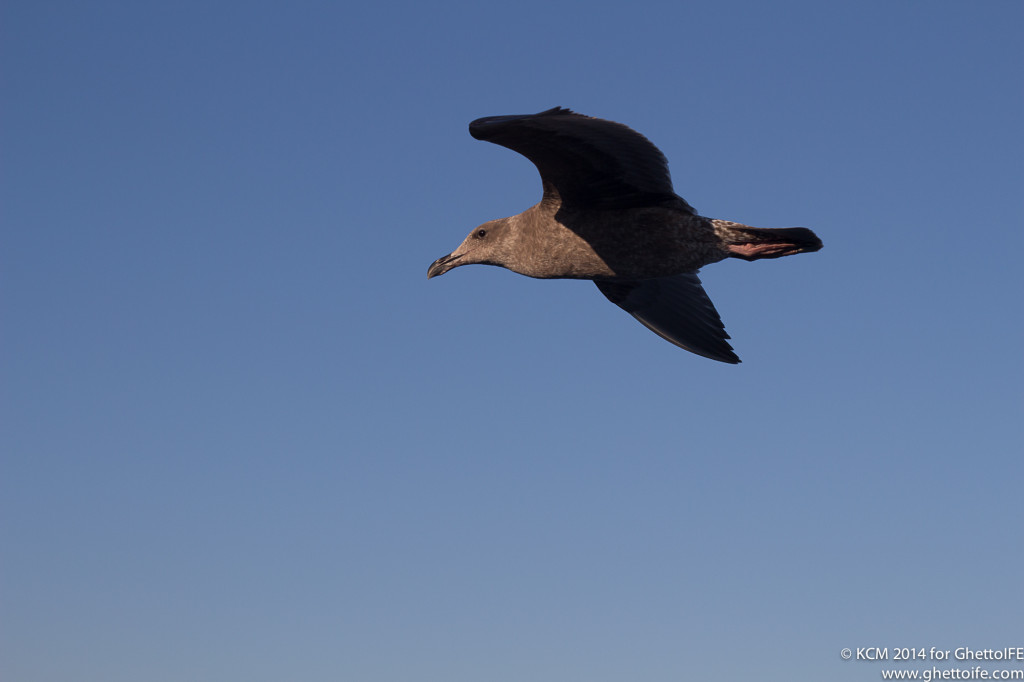

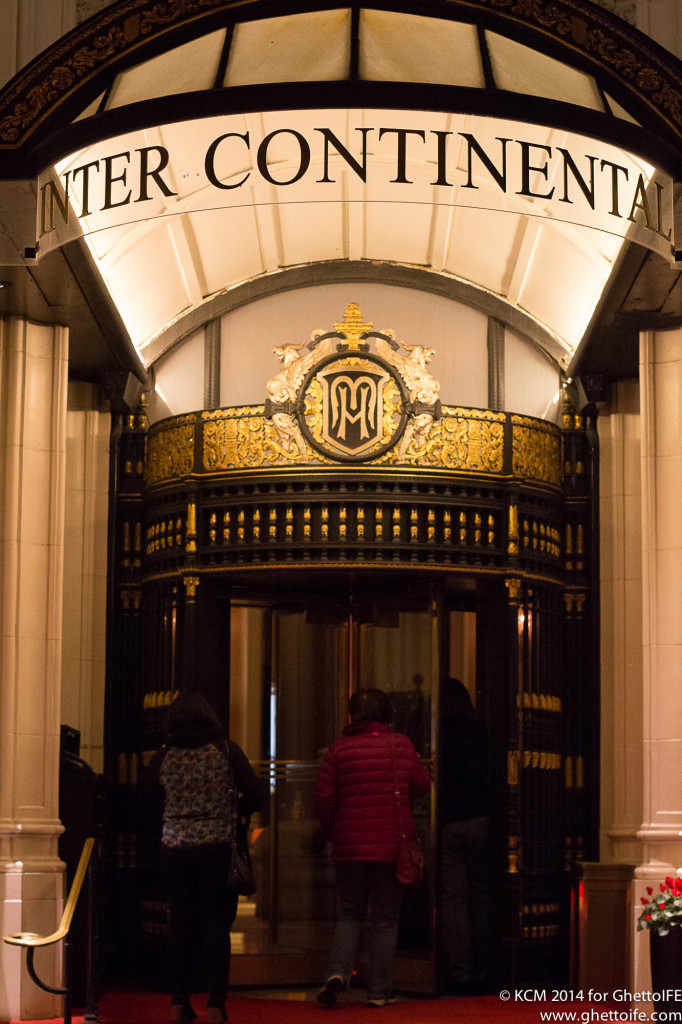

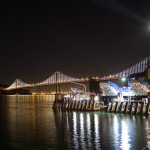
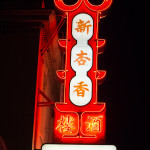
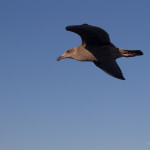
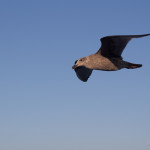
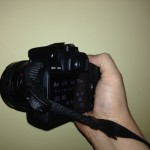

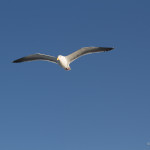
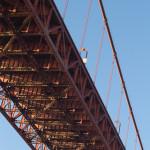
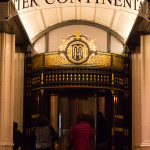


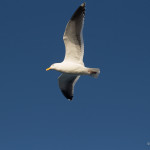
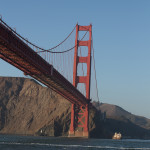
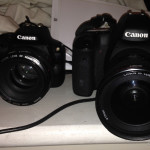

If your comments about the EOS-M are purely based on reading reviews you might be in for quite a surprise…. it’s actually a very decent camera that I use as a travel companion to my 5DIII. You can get it for even less than the 100D with some EF-M lenses as well. Great combo for all but action shots.
I find it to fit in my hands and way of working a lot better than the 100D that I find too small. The nice thing about the adaptor for the EF lenses is also the tripod foot for a perfect balance.
Results are exactly the same as the 100D. Unfortunately they both share the same lame battery that runs down way too soon.
So it’s more about what you prefer in camera size than differences in results…
I tried the EOS-M (both in shop and in anger), and I found it a pain to use – I’ve been too used to DSLR bodies for a while, and the Compact styling of it really didn’t suit my style of shooting.
As I do some action photography, the focus speed of the EOS-M was just that bit too sluggish.
That and I do love using an optical viewfinder.
I didn’t run in the battery issue of the 100D too often – but they are small batteries compared to the 6D/40D etc.
Handling is so important – and again, its a very personal thing. I just couldn’t get on with the EOS-M no matter what I tried.
How much is it?
Should a novice get this?
The lens are still interchangeable correct?
Thanks!
I paid £399 for this camera (body only). Lenses my own from my connection. I’d say its a good starter camera, but there may be better in the range to start off with. Lenses are swappable as needed.
Interesting to see this article, just got mine 2 days ago. Yes, it is small compared to the others I have been looking at. I was able to pick one up as a kit (body/18-55 & 55-250) for $799. Happy Travels!
I thought I was doing well for the body alone as I’ve got a selection of Canon lenses as it is.
It’s not a bad price at all, but it handled how I needed it, and it knocks out great images. That’s all I ever demand out of my cameras….
My mom bought this as her first dslr. I got her a 18-200mm lens and she loves it. It takes great pictures in the daytime. Of course it’s not a camera for night time pictures unless you have an external flash.
I actually sold all my expensive cameras and just use a T5i now. I can get professional results with that camera.
I’m mixing it with normal and L Lenses. With a bit of post processing and a decent tripod, it isn’t bad for the night (although I don’t tend to carry a tripod when travelling). I was pushing it at ISO6400, so I was asking for trouble in a way.
The 700D/T5i is a very capable camera – heck it puts my semi-pro 40D/50D to shame – and that’s the thing, you don’t need to spend megabucks to get really good pro results.